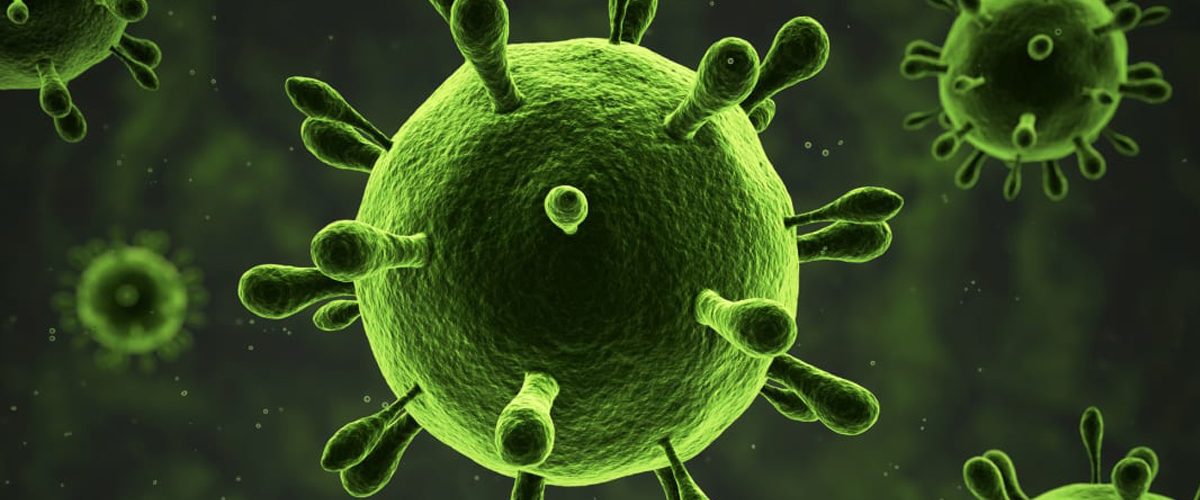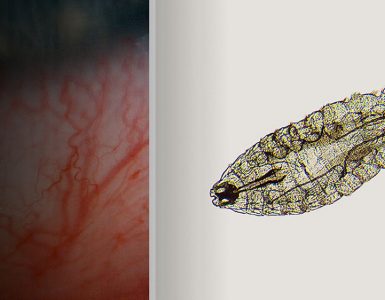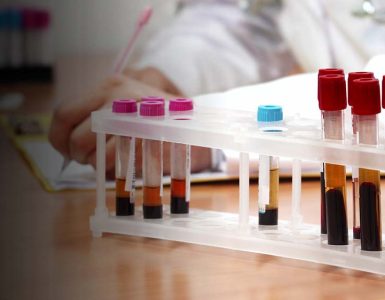The rising of antibiotic-resistant bacteria is an alarm to discover new and alternative drug agents for the remediation of drug-resistant diseases. According to Berti and Hirsch (2020), pathogenic bacteria commonly develop to boost antimicrobial tolerance before antimicrobial resistance development. This issue has become a substantial public health threat because there are fewer effective antimicrobial agents accessible for the infection caused by pathogenic bacteria. Plants are a rich source of antibiotic substances and have been used to treat infectious diseases for at least 2000 years.
Many plants have been used to study the antibacterial activity of extracts such as Cinnamomum tamala, Oxalis corniculate, Ageratina adenophora, Punica granatum, Syzygium aromaticum, Artemesiavulgaris , Cuminum cyminum, Oryza sativa L., Triticum aestivum L., Thymus vulgaris, Zingiber officinale , Allium sativum, Bunium persicum (Boiss.) B. Fedtsch, Capparis plant and many more.
A few reports of antibacterial activity from Capparis plant extracts are present in the available literature. Subramanian and Ramani (2020) informed that Capparis brevispina DC exhibited antibacterial activity against Pseudomonas aeruginosa, Escherichia coli, Staphylococcus aureus and Bacillus subtilis. Gull et al. (2015) stated reported the antibacterial activity of Capparis spinosa and Capparis decidua against E. coli, B. subtilis, S. aureus and Pasteurella multocida. Antibacterial activity of Capparis sepiaria has also been reported against E. coli, E. aerogenes and P. mirabilis.

Capparis L. is also known as Caper , a large natural distribution shrub plant which used as an active ingredient to cure various illnesses in traditional medicines. Caper has numerous phytochemical substances including quercetin, spermidine, rutin, campestrol, kaempferol, stigmasterol, tocopherols, and carotenoids.
Muhaidat et al. (2013) reported that Capparis species have many therapeutic activities like hepatoprotective, analgesic, antibacterial, antidiabetic, anti-hyperlipidemic, and anti-inflammatory. Therefore, these species have used in the treatment of stomach problems, asthma, cough, cold, ulcers, vomiting, diabetes, dysentery, smallpox, fever, gout, jaundice, cholera, and diarrhea.
Capparis sepiaria L. is commonly known as wild caper bush is a shrub that has found particularly in foothills, dry deciduous forests, and scrub jungles. A research published in the Asian Journal of Plant Sciences that was presented by the Boongapim et al. (2021) in order to evaluate the anti-pathogenic bacterial activity of C. sepiaria L. extracts and fresh fruit against six human pathogenic bacteria. The results validated that C. sepiaria L. fruit extracts and the fresh fruit of C. sepiaria L. exhibited the antibacterial activity against all tested pathogenic bacteria and useful for drug development.
















Add comment